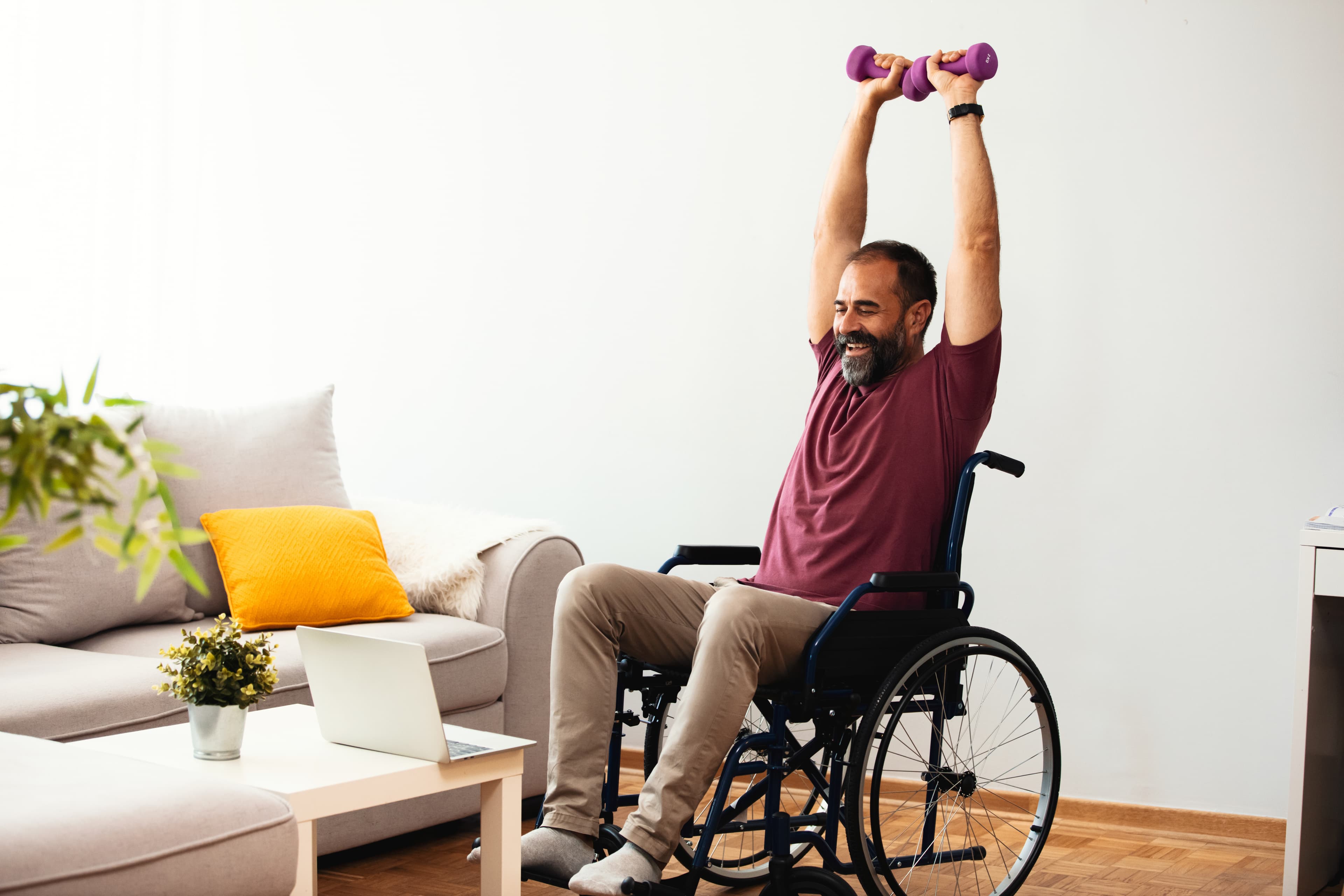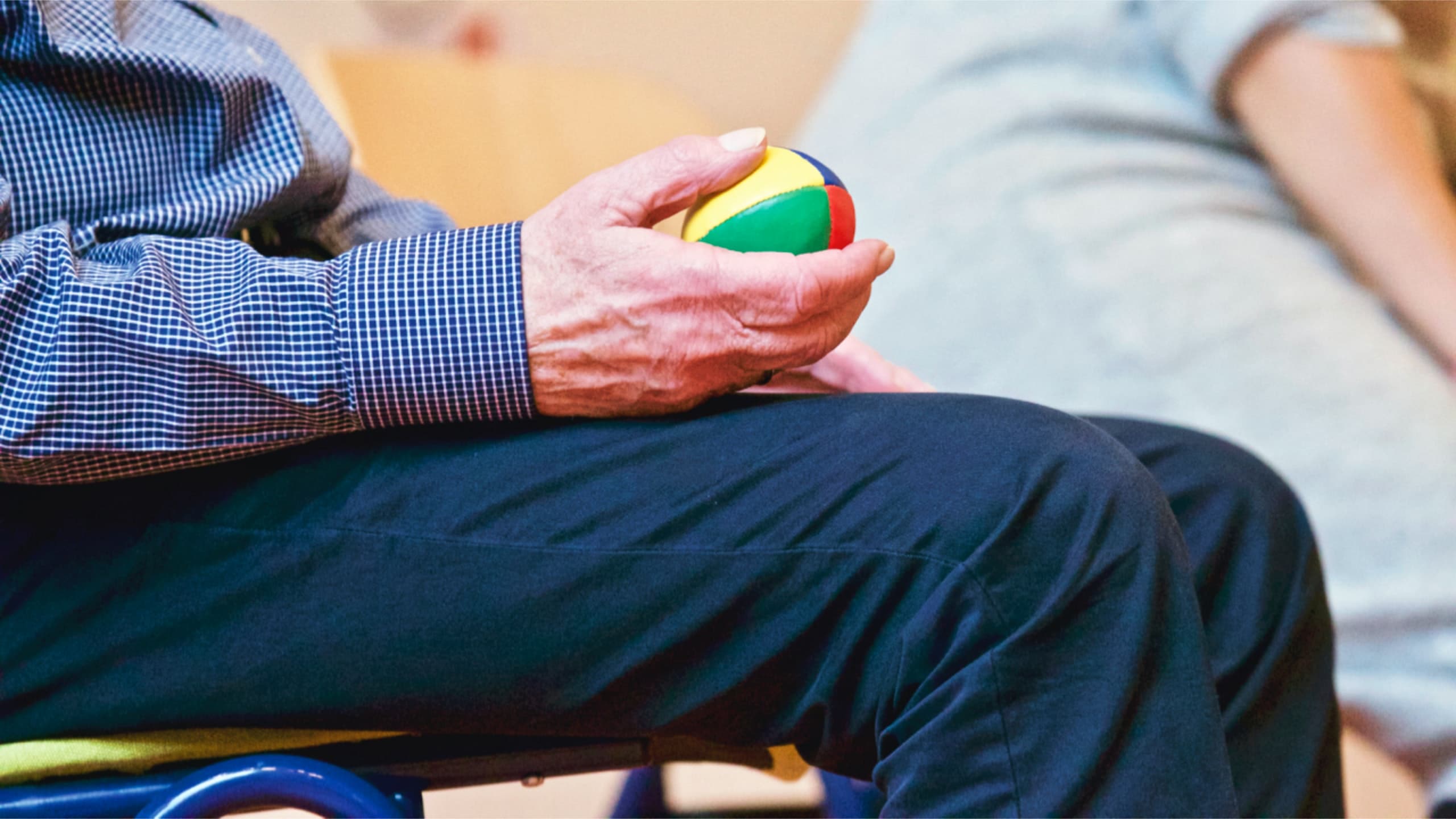Older adults don’t necessarily need to have a gym membership to stay active, although that can be helpful. They can work on strength and flexibility, improve circulation, and boost mood all in the comfort of their home. In this way, chair exercises for those of advanced age may be exactly what the doctor ordered.
What are Chair Exercises?
As the name suggests, chair exercises are performed while seated on a chair with back support. They’re great for those who need to build strength, are at risk for falls, or have limited mobility. The goal is to provide a base of support so your loved one stays safe while exercising. Read to learn why chair exercises can be helpful in helping your loved one enjoy a greater quality of life and how to get started today.
Why are Chair Exercises Helpful?
Chair exercises let you break a sweat without a fancy gym membership or expensive equipment. Another important reason chair exercises are favored by the medical community is that they can reduce the risk of falling. These exercises are also easier on the lower body joints and are useful for people with limited mobility.
However, that doesn’t necessarily mean that chair exercises are easy. They can be just as physically demanding as regular standing workouts, especially when it comes to working the upper body or abdominal muscles. The midsection is an important area to focus on as we age, experts say.
"Our core is what stabilizes our entire body and connects our upper and lower limbs. Even seated, core strength exercises are beneficial," Tina Tang, CPT, a New Jersey-based personal trainer who specializes in healthy aging told Livestrong.com.
Chair Exercises to Try at Home
You might be wondering how to start a chair exercise program. Here are a few moves to
challenge the muscles in your arms, shoulders, upper back, core, and legs — all while seated.
Seated knee extensions
Sit in a chair with your back straight and your arms at your sides.
Extend and straighten your right knee while focusing on squeezing the muscles at the front of your thigh. Hold for 3 seconds.
Change legs and repeat.
Perform this as a single-leg exercise for 15 repetitions on each side or a double-leg exercise for 15 repetitions total.
Dumbbell curls
While sitting, hold a dumbbell in each hand.
Bend your elbows, bringing the dumbbells up to your shoulders while keeping your elbows by your sides.
Perform 12 repetitions.
You can also perform these while standing and using the chair for balance. If so, do single-arm curls, using your nonworking hand to balance on the chair.
Squats with chair support
Stand in front of a chair, holding the top of it for support.
Move down into a squat position by pushing your hips backward and bending your knees. Focus on keeping a straight back, and keep your chest up.
Try to go as low as you can, with the goal of your upper leg being parallel to the ground.
Stand up and repeat.
Perform 10 repetitions.
Standing hip extensions with chair support
Stand up tall, holding on to the top of a chair for support.
Bend your right knee. Squeeze your right glute muscle and extend your right leg backward. Focus on not arching your low back while you do this. This may feel like a small amount of movement, but you should feel your glutes firing.
Hold for 3 seconds, then return to the starting position.
Perform 10 repetitions per leg.
Modified pushup
Stand to face the chair, making sure it’s in line with your body.
Place both hands on the sides of the chair’s seat. Keeping both arms slightly bent at the elbows and shift both feet backward a couple of feet until your body is in a diagonal position in front of the chair.
Slowly bend the elbows, moving the body closer to the chair.
Once your chin has almost touched the chair (or as close to the chair as possible), push back to starting position.
Keeping Safety in Mind
As with any physical activity, accidents can happen so it’s important that you or your loved one be cautious and know your limits when advancing in intensity or speed. It’s best to go slow and steady when starting a new workout routine. Consult your doctor or your care recipient’s doctor if you have additional questions regarding chair exercises.



